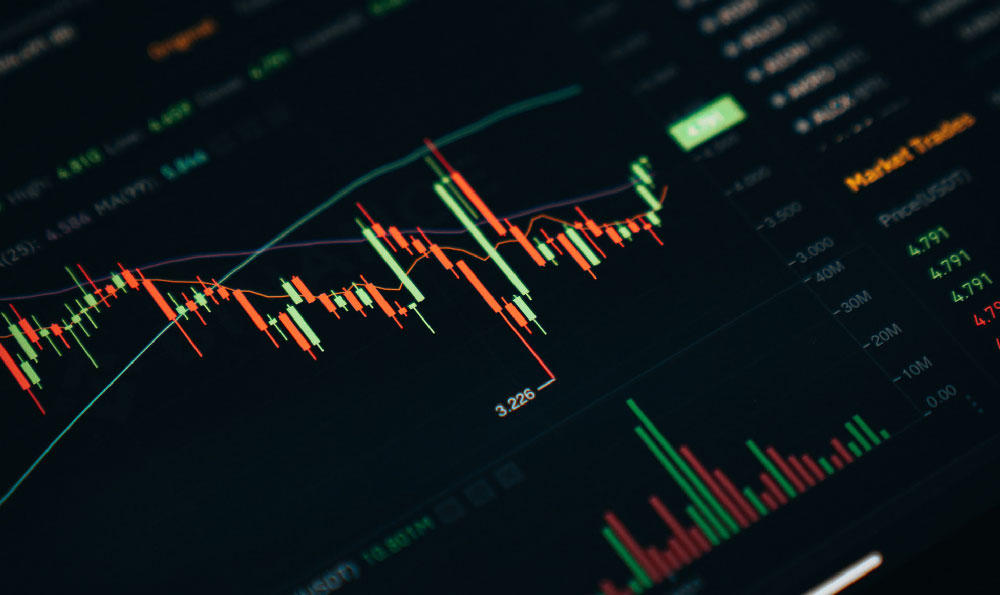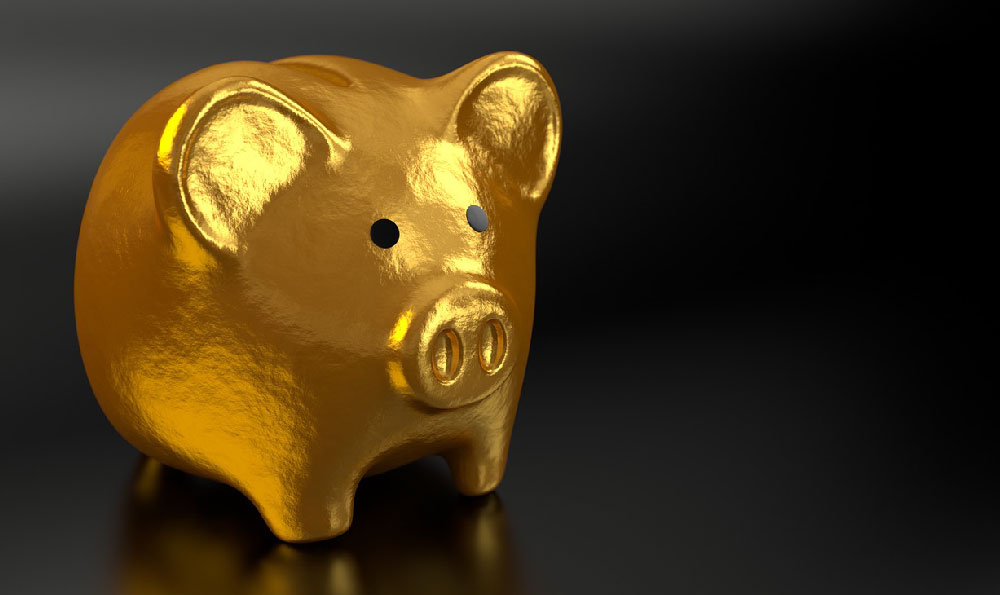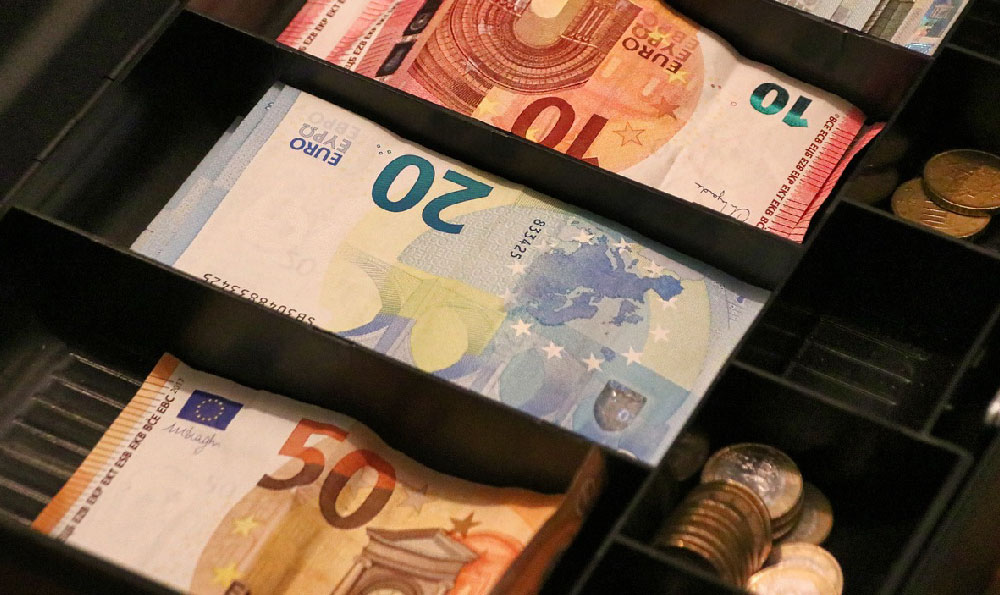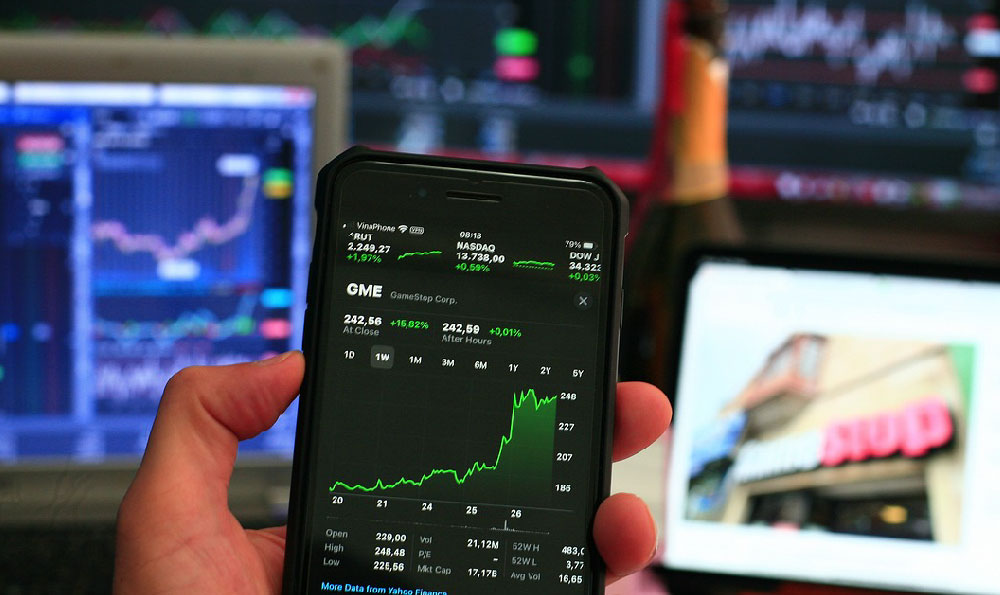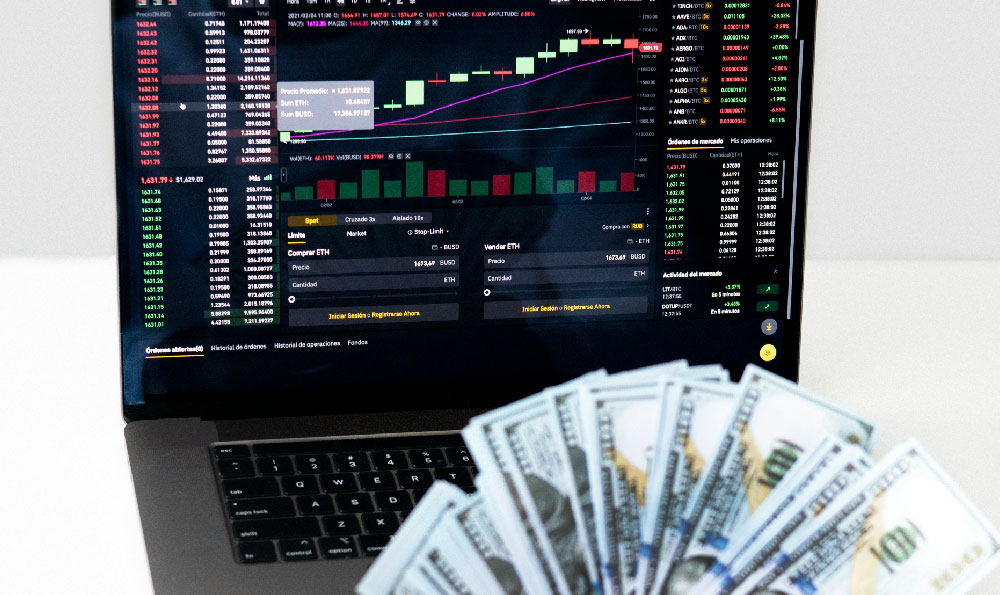Omega watches occupy a fascinating space in the horological world. They are undeniably iconic, steeped in history, and boast a robust reputation for quality and innovation. However, whether they represent a good investment is a far more nuanced question than a simple yes or no. It requires careful consideration of market trends, specific models, and an understanding of the factors that drive the appreciation (or depreciation) of collectible timepieces.
Let's address the "overhyped hype" aspect first. Omega has, in recent years, intensified its marketing efforts, leveraging its brand ambassadors, historical connections (like the moon landing), and limited-edition releases. This increased visibility undeniably generates hype, which can artificially inflate prices in the short term. However, true investment potential hinges on more than just fleeting trends. It depends on inherent value, scarcity, and sustained desirability among collectors. While some might argue that certain Omega models are indeed benefiting from hype, dismissing the entire brand as overhyped is a gross oversimplification.
Now, let's delve into the specifics of investment potential. Not all Omega watches are created equal when it comes to holding or increasing their value. Certain models have consistently demonstrated stronger performance on the secondary market than others. The Speedmaster Professional "Moonwatch," for example, enjoys legendary status and consistently attracts strong demand, particularly vintage or limited-edition variations. The Seamaster line, especially models with historical significance or innovative features (like the Ploprof or the Seamaster 300), also holds considerable appeal to collectors.

Several factors contribute to the investment potential of specific Omega models:
-
Rarity: Limited-edition runs, discontinued models, or those with unusual features are generally more sought after by collectors. The fewer examples that exist, the higher the potential for appreciation. Consider the Speedmaster Alaska Project or the Seamaster Bullhead – these are relatively rare and command premium prices.
-
Condition: As with any collectible, condition is paramount. A watch in excellent, original condition with its original box and papers will always be more valuable than one that has been heavily restored or has missing parts. Thoroughly inspect any potential purchase for signs of damage, modifications, or non-original components.
-
Provenance: A watch with a documented history, particularly if it belonged to a famous individual or played a role in a significant event, can command a significant premium. Think of a Speedmaster worn during a space mission – its historical significance adds immense value.
-
Movement: Omega's movements are renowned for their accuracy and reliability. Watches with particularly innovative or historically important movements (such as early chronometer-certified movements or those with co-axial escapements) can be more desirable to collectors.
-
Materials: Certain materials, such as precious metals (gold, platinum) or exotic dial materials (meteorite, enamel), can add to the inherent value of a watch.
Before considering an Omega watch as an investment, it's crucial to conduct thorough research. Monitor auction results, consult with reputable watch dealers, and immerse yourself in the Omega collecting community. Understand the specific nuances of the models you're interested in, including their production numbers, variations, and historical context.
It's also important to have realistic expectations. Watch investments are not a guaranteed path to riches. The market can be volatile, and prices can fluctuate based on a variety of factors, including overall economic conditions, changes in collector tastes, and the availability of comparable pieces. Unlike more traditional investments like stocks or bonds, watches don't generate income. Their value is solely based on their potential to appreciate in price.
Furthermore, be wary of potential pitfalls. The counterfeit watch market is thriving, and it's essential to purchase from reputable sources. Be skeptical of deals that seem too good to be true, and always have a watch authenticated by an expert before committing to a purchase. Understand the costs associated with owning a vintage watch, including servicing, repairs, and insurance.
Finally, consider your personal motivations. Are you primarily interested in owning a beautiful and historically significant timepiece, or are you solely focused on making a profit? If your primary goal is investment, be prepared to do your homework, take a calculated risk, and be patient. If you're driven by a genuine passion for Omega watches, the potential for appreciation is simply an added bonus.
In conclusion, whether an Omega watch is a "good investment" depends on a multitude of factors, including the specific model, its condition, its provenance, and your own investment strategy. While some models are undoubtedly more likely to appreciate in value than others, careful research, due diligence, and a realistic understanding of the market are essential. Avoid being swayed solely by hype, and prioritize acquiring pieces that you genuinely appreciate, regardless of their potential for future appreciation. Approaching Omega watches with a blend of passion and prudence is the best way to navigate the complex world of horological investment.


